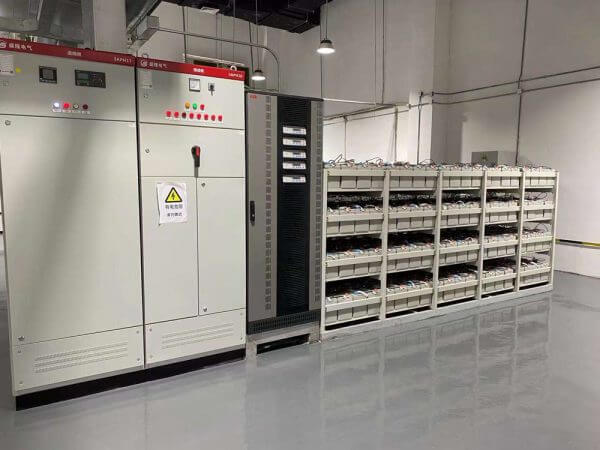UPS systems rely on batteries to provide critical backup power during outages, but to ensure their effectiveness, regular maintenance is key. Here are the best practices for maintaining UPS batteries:
1. Regular Inspections
Carry out regular visual inspections of the batteries to check for:
- Corrosion on the terminals.
- Bulging or leakage, which can indicate internal damage.
- Proper ventilation and no obstruction around the battery.
2. Clean the Terminals
Corrosion on the battery terminals can lead to poor electrical connections and system failures. Use a mixture of baking soda and water to clean terminals regularly. Ensure all connections are tight to avoid voltage drops.
3. Monitor Temperature
UPS battery performance is highly sensitive to temperature. Use a thermometer to monitor the ambient temperature near the batteries:
- Temperatures above 25°C (77°F) can significantly reduce battery lifespan.
- Consider installing a cooling system if the room temperature is consistently high.
4. Battery Testing
Perform periodic battery testing to check their charge level and overall health. Some tests to consider include:
- Load Testing: Apply a simulated load to ensure the batteries provide power as expected under real-world conditions.
- Discharge Testing: Discharge the battery partially to check for voltage drop and performance consistency.
5. Follow a Replacement Schedule
Even with proper maintenance, UPS batteries have a limited lifespan, typically 3-5 years. Keep a record of installation dates and follow the manufacturer’s replacement guidelines to prevent failures during critical moments.
Regular maintenance ensures that UPS batteries remain reliable and ready to perform when needed most.


